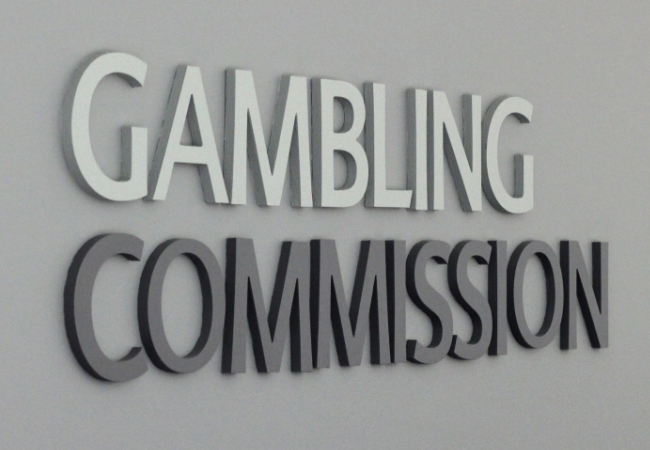The ASA has found that the gambling sector is one of the worst offenders when it comes to advertising to those who are underage.
This morning, the Advertising Standards Authority (ASA) published the findings of its latest online monitoring sweep which marked gambling as one of the worst offenders when it comes to underage advertising.
The ASA’s “monitoring sweep” forms part of a year-long project in which the ASA aims to expand its resources in screening and identifying online advertising that relates to age-restricted products. This includes gambling, e-cigarettes and tobacco, alcohol, slimming and weight loss products.
Another objective of the ASA’s project involves the monitoring of adverts for junk food and soft drinks classified as high in fat, salt or sugar (HFSS products) targeting young audiences.
In the UK, under the Advertising Code, advertisers are required to target ads away from child audiences when placing age-restricted adverts online.
The ASA’s findings
Over a three-month period, the ASA’s monitoring tools captured ads displayed across a sample of 50 websites and YouTube channels which featured a “disproportionately high child audience.”
The ASA found 159 age-restricted advertisements broke the advertising rules, and in total 35 different advertisers placed age-restricted adverts on 34 websites and five YouTube channels that attracted a “large child audience.”
A breakdown of the figures revealed that 70 different betting ads from four gambling operators appeared on eight websites.
In other categories, 10 different alcohol ads from one brand appeared on one website and one e-cigarette ad appeared on one website.
The ASA also found that 78 different HFSS ads from 29 advertisers appeared on 24 websites and five YouTube channels
ASA Chief Executive, Guy Parker said: “The ASA is using technology to proactively monitor online ads to help build a culture of zero tolerance for age-restricted ads appearing on websites aimed at children.
“We expect advertisers and the parties they contract with to use the sophisticated tools available to them to target their ads responsibly. This is just one part of a wider set of initiatives we’re undertaking to ensure children are protected online and we’ll report on our further work in this area in the coming months.”
The ASA concluded its report by stating it had contacted the advertisers that had breached advertising codes. Looking forward, the ASA said it will run its monitoring sweep as a “quarterly exercise over the next 12 months.”
Responsible gambling advertising
This comes after the Betting and Gaming Council (BGC) highlighted the success of the whistle to whistle ban on gambling ads during televised pre-watershed sporting events.
According to research carried out by media researchers Enders Analysis, the number of gambling adverts seen by four to 17-year-olds during the whistle to whistle period fell by 97% since the ban was implemented.
The whistle to whistle ban on gambling advertisements came into effect on 1 August 2019 and essentially means that gambling adverts cannot be shown on pre-watershed sporting events from five minutes before an event begins and until five minutes after it ends.
In May, the BGC announced a new action plan which sought to highlight the industry’s commitment to improving advertising safeguards.
As part of the action plan, the BGC said it had formed an industry working group to work with advertising bodies and media partners to develop new adtech solutions to prevent underage audiences from being exposed to online gambling ads.







